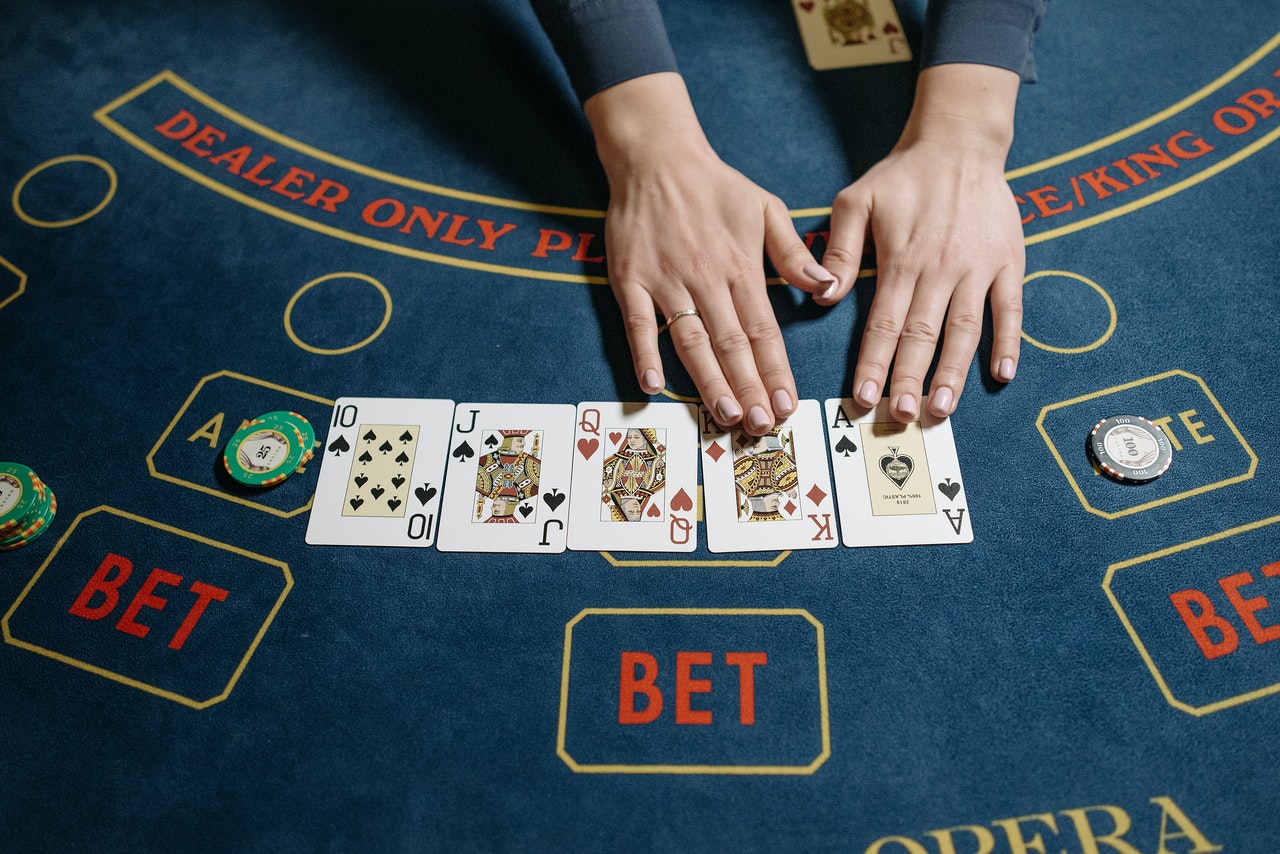Baccarat, a game of chance and strategy, has captivated players for centuries. While luck plays a significant role, mathematics also plays a vital part in understanding the game and making informed decisions. In this friendly article, we'll explore the fascinating world of Baccarat and mathematics, uncovering the numbers that lie beneath the surface. So, let's dive in and embark on a numerical journey through the captivating game of Baccarat!
Understanding Baccarat Odds
Player's Hand: The odds of the Player's hand winning in Baccarat are approximately 44.62%. This means that, on average, the Player's hand wins around 44.62% of the time. The probability of the Player's hand winning is approximately 49.32%, indicating that in a single round, the Player's hand has a 49.32% chance of being the winning hand.
Banker's Hand: The odds of the Banker's hand winning in Baccarat are approximately 45.86%. This suggests that, on average, the Banker's hand wins around 45.86% of the time. The probability of the Banker's hand winning is approximately 50.68%, meaning that in a single round, the Banker's hand has a 50.68% chance of being the winning hand.
Tie Bet: The odds of a Tie bet winning in Baccarat are approximately 9.52%. This indicates that, on average, a Tie bet wins around 9.52% of the time. The probability of a Tie bet winning is also approximately 9.52%, meaning that in a single round, a Tie bet has a 9.52% chance of being the winning bet.
Card Distribution and Probabilities
Deck Composition: Baccarat is typically played with multiple decks of cards, usually six or eight. The composition of the deck(s) affects the probabilities of different outcomes. For example, with more high-value cards remaining in the deck, the odds of a Tie bet winning increase.
Card Counting: While card counting is not as prevalent in Baccarat as it is in games like Blackjack, understanding the composition of the remaining cards can provide some insight into the probabilities of certain outcomes. However, keep in mind that frequent shuffling and the use of multiple decks make card counting less effective in Baccarat.
House Edge
Player's Hand: The house edge on the Player's hand in Baccarat is approximately 1.24%. This means that, on average, the casino retains 1.24% of all bets placed on the Player's hand.
Banker's Hand: The house edge on the Banker's hand in Baccarat is approximately 1.06%. This indicates that, on average, the casino keeps 1.06% of all bets made on the Banker's hand.
Tie Bet: The house edge on the Tie bet in Baccarat is significantly higher, at approximately 14.36%. This implies that, on average, the casino retains 14.36% of all bets placed on the Tie bet.
Conclusion
Mathematics plays a crucial role in understanding the probabilities, odds, and house edge in Baccarat. While luck is an inherent aspect of the game, a grasp of the numbers can inform your betting decisions and overall strategy. Understanding the odds of the Player's hand, Banker's hand, and Tie bet, as well as the house edge, helps you approach the game with a realistic understanding of the probabilities involved.
So, as you embark on your Baccarat journey, appreciate the interplay between luck and mathematics. Embrace the excitement of the game, but also recognize the underlying numbers that shape the outcomes. Armed with this knowledge, you can make informed decisions and enhance your overall Baccarat experience. Good luck, and may the numbers be on your side as you explore the captivating world of Baccarat!






